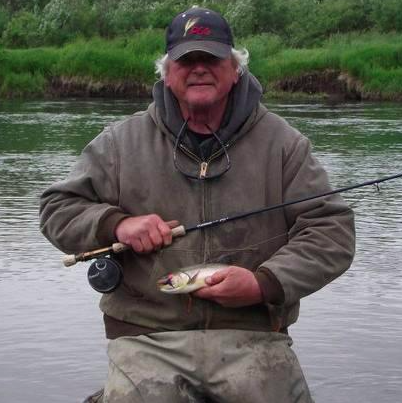By WIN GRUENING
SENIOR CONTRIBUTOR
There are a lot of smart people in America we’d expect could address our healthcare debacle and show us a way forward. But, like many issues confronting America, the arguments are politically driven with so many competing interests at play, Americans throw their hands up and blame the most convenient target.
The targets are numerous. The medical profession, drug companies, hospitals, insurance companies, specific politicians, collectively Congress, and, of course, Donald Trump (who like El Nino and climate change gets blamed for everything).
You would think following their first unsuccessful attempt repealing Obamacare, Republicans would learn. Using the same formula, their most recent attempt to pass a bill with no bipartisan support was doomed to fail.
While the diversity of ideas in the Republican Party is admirable, it meant their proposed bill was too liberal for some or not conservative enough for others. Ironically, the Republican’s tolerance for ideological diversity has allowed Senate mavericks like Lisa Murkowski, John McCain, and Susan Collins to singlehandedly stop bills from passing.
The real irony, of course, is that it’s the Democrats who got us into this fix in the first place. Obamacare wasn’t an attempt to achieve a bipartisan solution – it was simply rammed through with no Republican votes and no Democratic defections.
Little wonder Republicans thought they could pass a much less far-reaching and less controversial bill the same way.
But that was then, this is now.
The litany of promises (you can keep your plan, you can keep your doctor, your premiums will be lower) later proved to be false and have contributed to the lack of trust in the claims now being made by both sides.
Yes, under Obamacare, more people have coverage but many with unaffordable premiums and deductibles – essentially making their insurance unusable.
As Peggy Noonan pointed out in a recent Wall Street Journal column, the path for healthcare reform must necessarily go through the Democrats in Congress. Despite the fact they lost the White House and both houses of Congress, the minority party still holds the cards that will ultimately allow Obamacare to be, if not repealed, then certainly made better.
It doesn’t seem, however, that either party sees the price that will be paid if agreement isn’t reached. Public trust in our democratic institutions and our political leaders on both sides are at all-time lows. How long that can continue before there is another political earthquake is anyone’s guess.
Many Democrats no longer disguise their preference for a “single-payer” healthcare system (like Medicare). Indeed, some even favor a single-payer/provider healthcare system (like the problem-plagued VA system).
While a recent Kaiser Family Foundation poll reflects 55% of America favor a single-payer system, when respondents hear the argument it would give the government “too much control,” 61 percent oppose it.
When tax increases are mentioned as a way to pay for it, 60 percent oppose it.
It’s always easier to sell a healthcare plan when users don’t realize they will have to pay for it or their choices will be limited.
The wildly optimistic claims from single-payer proponents need to be examined with some skepticism.
Advocates argue that a single-payer system could result in long-term savings up to 40% of all national health expenditures – a range from $350 billion per year to $570 billion per year.
Despite the fact many government programs historically are rife with fraud, incompetence, waste, and abuse of power (such as the IRS, Medicare and VA hospitals) advocates promise savings would be realized through preventive care and elimination of insurance company overhead and hospital billing costs.
Opponents argue single-payer systems don’t translate into better health care. Instead, access to health care diminishes under single-payer systems, and the overall quality of care suffers. It’s highly likely that government efforts to reduce costs within a single-payer system will create shortages of doctors, thereby increasing wait times and reducing access to medical services.
Nevertheless, some provisions of Obamacare that remain popular with the public such as insuring pre-existing conditions and Medicaid expansion need to be carefully considered if Republicans ever hope to get reforms passed.
Democrats, on the other hand, should stop equating more insured Americans with better health and lower costs. This hasn’t proven to be the case under Obamacare and we have no reason to believe it will in the future.
Medicaid expansion under Obamacare has been particularly problematic and needs to be addressed – especially in Alaska – where Medicaid recipients receive free Cadillac coverage while many Alaskans struggle with stratospheric insurance premiums and deductibles.
Up to now, many politicians and their constituents have been unwilling to compromise to a degree necessary to reach agreement.
Continued delay only serves to increase resentment of our elected leaders’ inability to act and damages both parties in Congress.
Win Gruening retired as the senior vice president in charge of business banking for Key Bank in 2012. He was born and raised in Juneau and graduated from the U.S. Air Force Academy in 1970. He is active in community affairs as a 30-plus year member of Juneau Downtown Rotary Club and has been involved in various local and statewide organizations.





